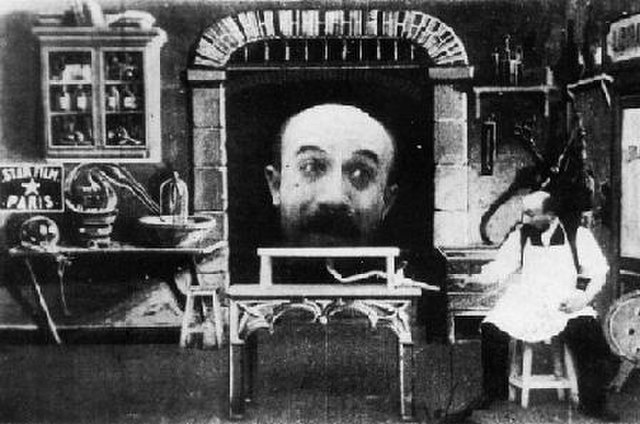In visual effects, match moving is a technique that allows the insertion of 2D elements, other live action elements or CG computer graphics into live-action footage with correct position, scale, orientation, and motion relative to the photographed objects in the shot. It also allows for the removal of live action elements from the live action shot. The term is used loosely to describe several different methods of extracting camera motion information from a motion picture. Sometimes referred to as motion tracking or camera solving, match moving is related to rotoscoping and photogrammetry.
Match moving is sometimes confused with motion capture, which records the motion of objects, often human actors, rather than the camera. Typically, motion capture requires special cameras and sensors and a controlled environment. Match moving is also distinct from motion control photography, which uses mechanical hardware to execute multiple identical camera moves. Match moving, by contrast, is typically a software-based technology, applied after the fact to normal footage recorded in uncontrolled environments with an ordinary camera.

An illustration of feature projection. Around the rendering of a 3-D structure, red dots represent points that are chosen by the tracking process. Cameras at frame i and j project the view onto a plane depending on the parameters of the camera. In this way features tracked in 2-D correspond to real points in a 3D space. Although this particular illustration is computer-generated, match moving is normally done on real objects.
Visual effects is the process by which imagery is created or manipulated outside the context of
a live-action shot in filmmaking and video production.
The integration of live-action footage and other live-action footage or CGI elements to create realistic imagery is called VFX.
The Man with the Rubber Head
A period drama set in Vienna uses a green screen as a backdrop, to allow a background to be added during post-production.
Composite of photos of one place, made more than a century apart




